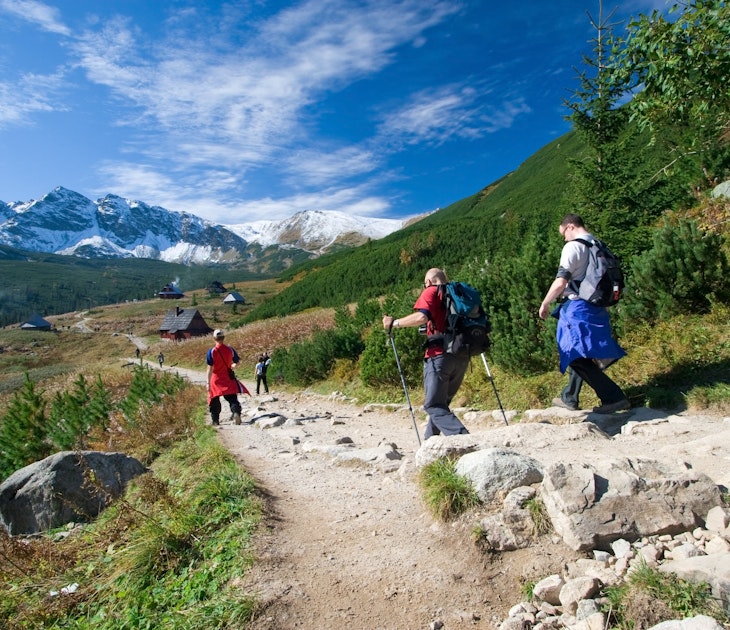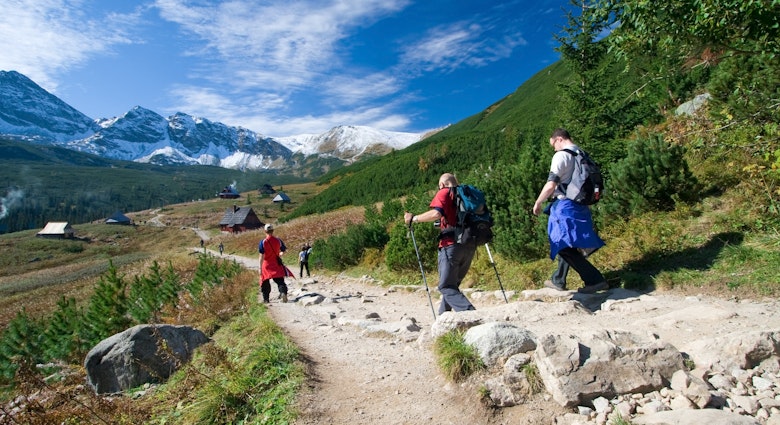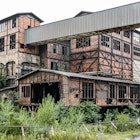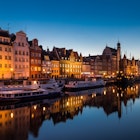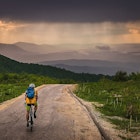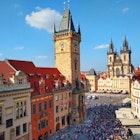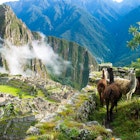When you travel, are you looking for 100% rest and relaxation? Or do you find yourself drawn to the history of a destination as a way of really getting to know it?
Visiting memorials can be fascinating, moving, unnerving, upsetting. Winston Churchill said 'We must draw a veil over all the horrors of the past,' after WWII. You can see why – the wounds seemed too fresh, the horror unspeakable. But much earlier, on the other side of the Atlantic, the American philosopher George Santayana was of a different opinion, one which has become almost universally accepted. He warned that 'those who cannot remember the past are condemned to repeat it'.
Auschwitz-Birkenau, Poland
Auschwitz by viajar24h.com. Creative Commons Attribution licence
If you can stomach it, take the longer tour that also visits the huge camp of Birkenau, built when the gas chambers and crematoria of Auschwitz could no longer deal with the numbers of people being sent there.
Robben Island, South Africa
Image of Nelson Mandela's cell by KimNowacki. Creative Commons Attribution-No Derivative Works licence
It wasn't just Nelson Mandela's unwanted home for 27 years – Robben Island had been used to bully and oppress political troublemakers for almost 400 years, yet now it is a symbol of triumph over apartheid and oppression.
Sedlec Ossuary, Czech Republic
Image by pragmatopian. Creative Commons Attribution licence
The small chapel in Sedlec near Kutna Hora, Czech Republic, is decorated with the bones of more than 40,000 people. There were no horrors committed here – it is an ossuary. Creepy, but irresistibly beautiful.
Taj Mahal, India
'Taj Mahal at dawn' by John Haslam. Creative Commons Attribution licence
The Taj is a moving memorial for all the right reasons. It's about a man missing his wife. Emperor Shah Jahan was so bereft when his beloved Mumtaz Mahal died that he constructed the most beautiful building in the world to house her body.
Nánjīng, China
'Memorial Hall of the Nanjing Massacre' by taylorandayumi. Creative Commons Attribution licence
Hundreds of thousands were killed and tens of thousands of women were raped in 1937 when the Japanese army took control of the Chinese city of Nánjīng (Nanking). The Memorial Hall of the Nánjīng Massacre has a gruesome viewing hall of some victims still in their mass grave.
9/11 memorial, USA
'9/11 Memorial' by Rebecca Wilson. Creative Commons Attribution licence
Controversial, laden with meaning and enduringly popular, this memorial honours those killed in the terrorist attacks of 11 September 2001. Learn more on www.911memorial.org.
Hiroshima, Japan
'Hiroshima' by Robert Montgomery. Creative Commons Attribution licence
The death toll from the first atomic bomb is estimated at 200,000 (5 years after the blast). Hiroshima has many memorials to the event, including the Peace Memorial Hall.
Actun Tunichil Muknal, Belize
'Actun Tunichil Muknal' by Beth and Anth. Creative Commons Attribution-ShareAlike licence
Trek through the Belize jungle, enter a cave, swim through a pool, step over the skeletons, dodge the fruit bats, and you might get to see the skeleton of a young Maya woman, possibly a princess, half embedded in sparkling calcite.
Gallipoli, Turkey
'Aussie Memorial at Lone Pine' by laszlo-photo. Creative Commons Attribution licence
The cove in Turkey where 200,000 Allied lives and even more Turkish lives were lost becomes the scene of a huge memorial service on 25 April every year.
Jallianwala Bagh, India
'Jalianwala Bagh' by Vineet Timble. Creative Commons Attribution-ShareAlike licence
To gain an understanding of what made India the place it is today, go to Amritsar to the spot where British troops, without warning, blocked off a square before firing 1,650 rounds into a crowd of 5,000 peaceful protesters.
Son My, Vietnam
'Co Luy - My Lai Massacre Village - Vietnam' by Adam Jones. Creative Commons Attribution-ShareAlike licence
It is the setting that makes the Son My Memorial so moving. As you walk through rice paddies and vegetable gardens, it is difficult to believe that this is where hundreds of Vietnamese villagers were slaughtered, beaten and raped by American troops.
Île de Gorée, Senegal
Image by Bess Sadler. Creative Commons Attribution licence
It is disputed how many people were sold into slavery on Goree — an island off the coast of Dakar, Senegal — but it has come to symbolise the many millions who suffered in the Atlantic Slave Trade. Particularly ominous is the Door of No Return (pictured above) where slaves were paraded.
Tuol Sleng, Cambodia
Image by Allie_Caulfield. Creative Commons Attribution licence
S-21, the old schoolhouse used as the Khmer Rouge torture centre in Cambodia, is a memorial to the atrocities that left 1.7 million dead. The controversial map made of skulls and bones was deemed too macabre and has now been replaced.
This article was first published in October 2010 and was refreshed in November 2012.














